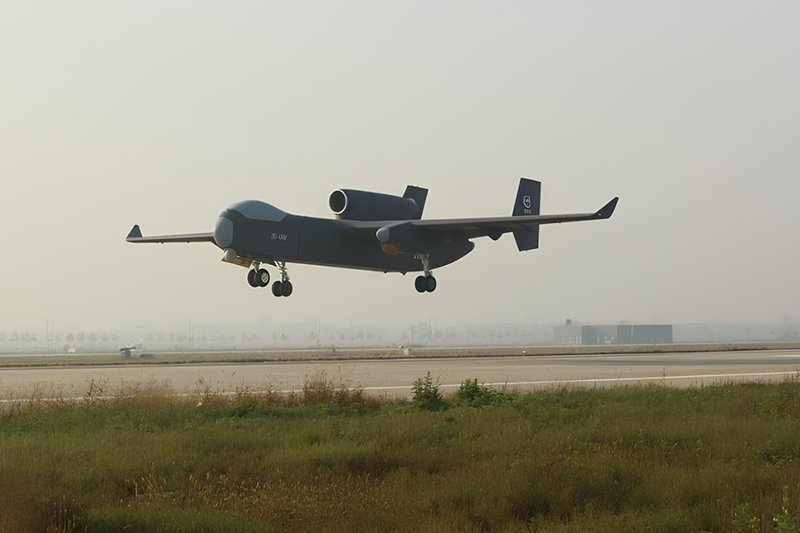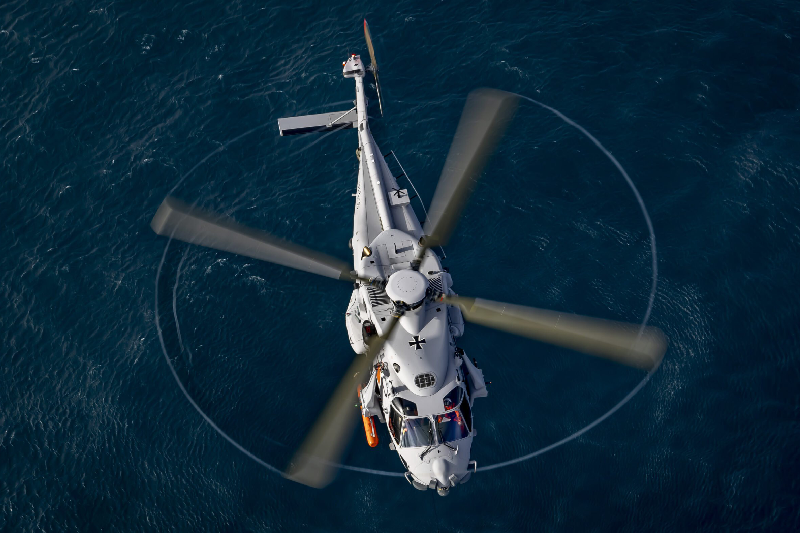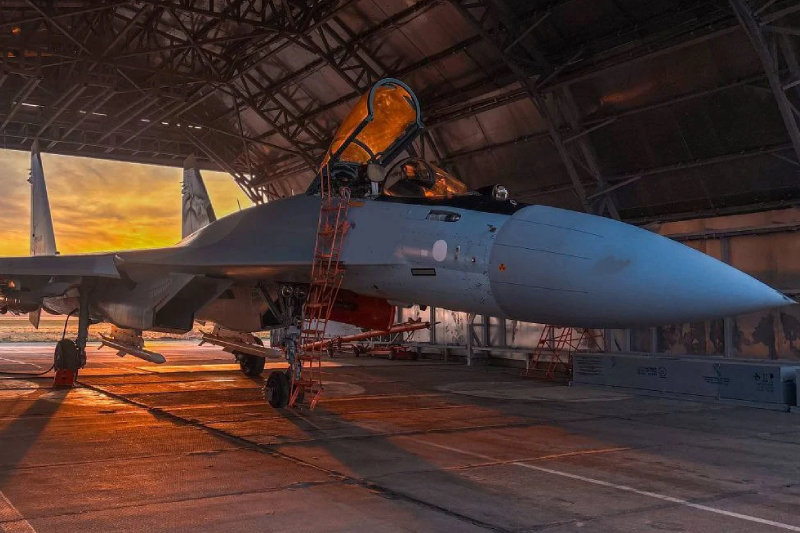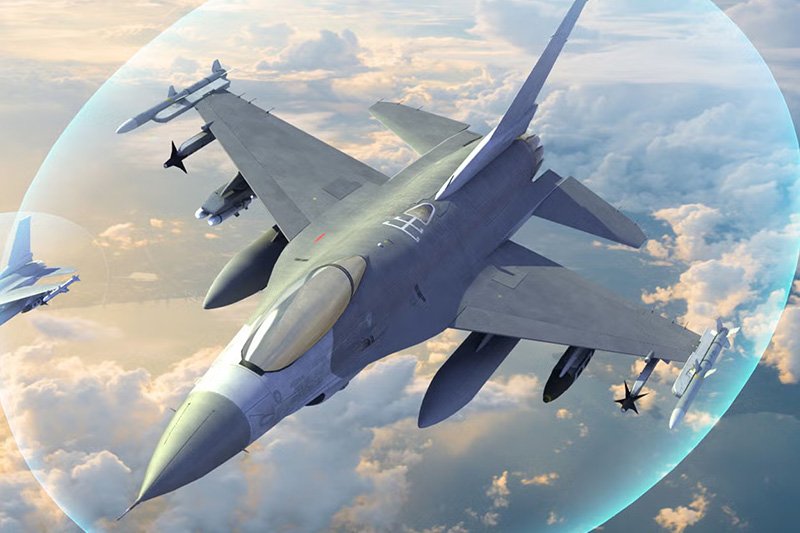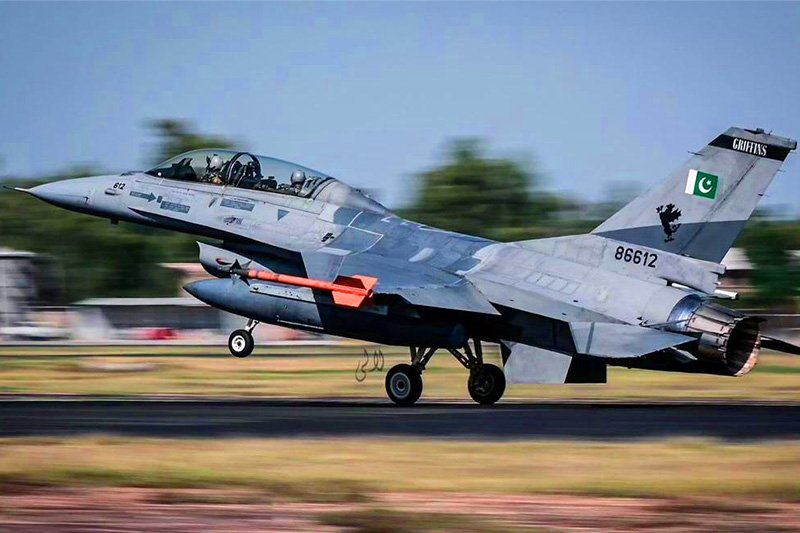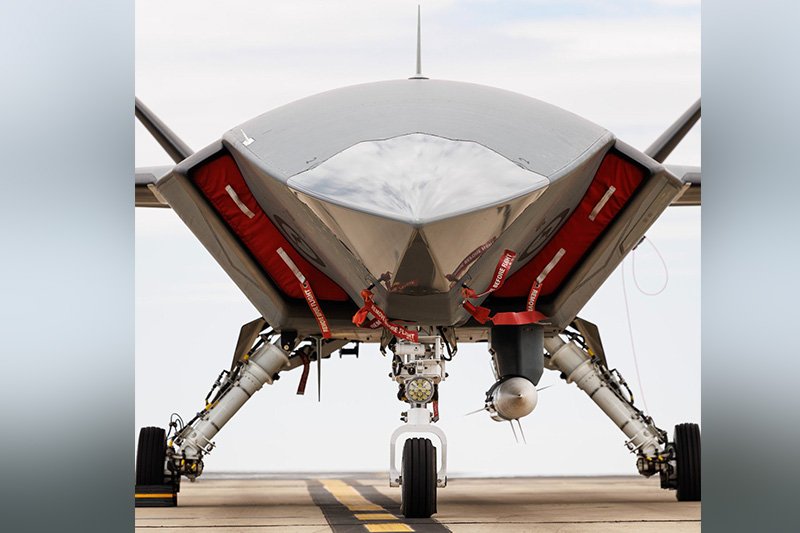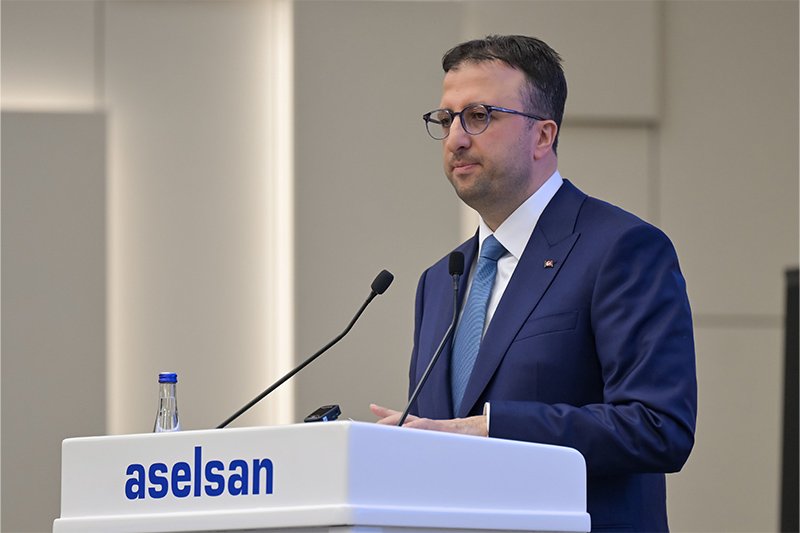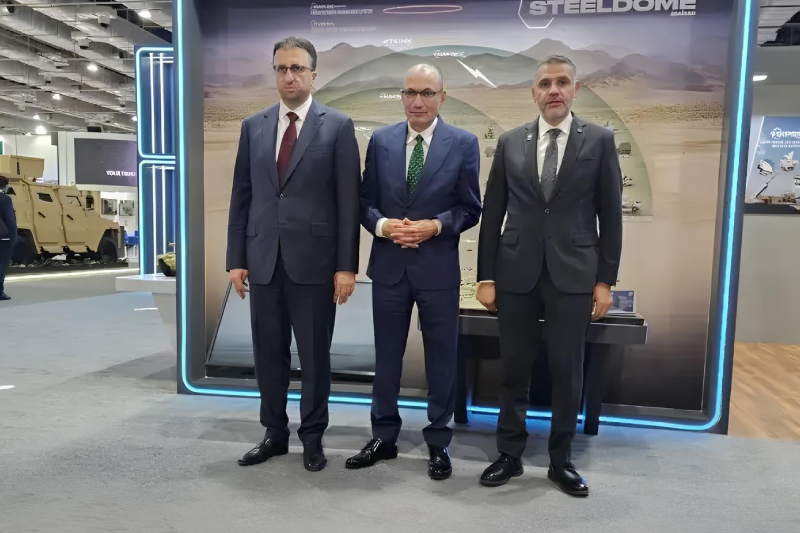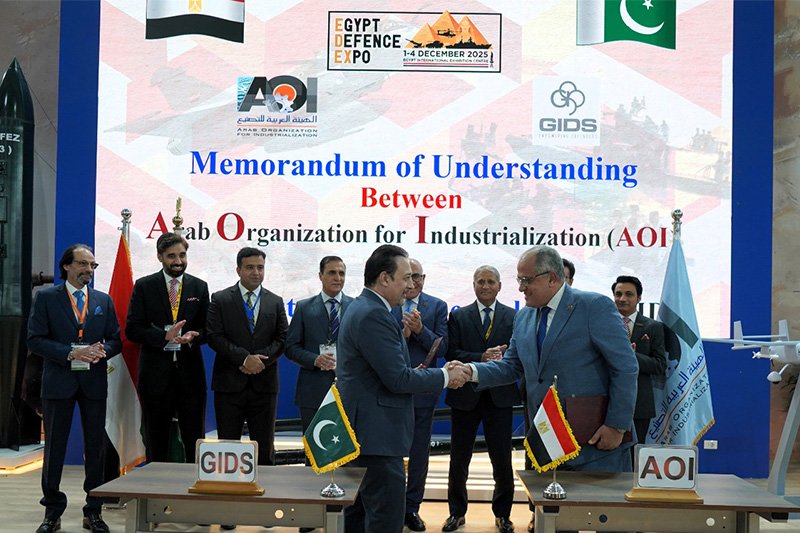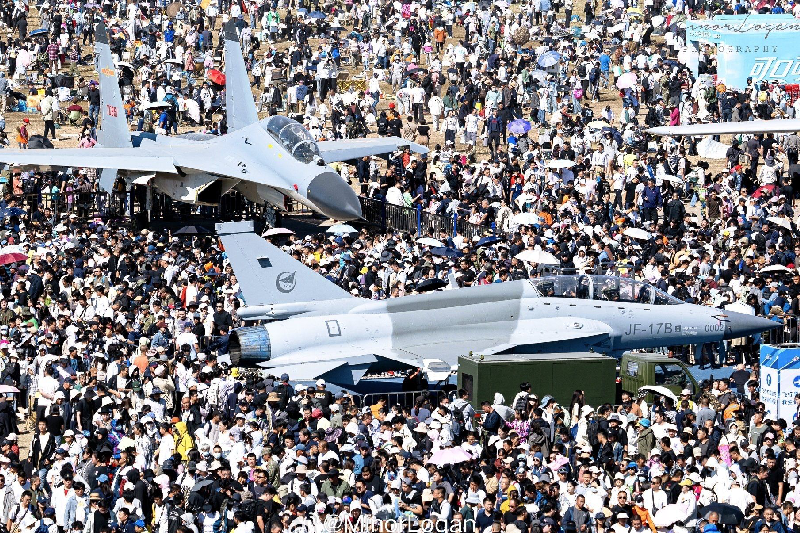JF-17B Light Fighter to Transform China’s Trainer Fleet
China’s defense industry is exploring the potential of the JF-17B twin-seat lightweight fighter to revolutionize the People’s Liberation Army Air Force’s advanced trainer capabilities, following its prominent display at the Changchun Air Show. The JF-17B light fighter represents a unique opportunity for China to enhance pilot training programs while maintaining secondary combat capabilities that surpass traditional trainer aircraft limitations. This innovative approach could transform how China develops its next generation of military pilots, as the JF-17B light fighter offers advanced combat systems integration within a cost-effective training platform designed for comprehensive pilot development programs.
China’s Fighter Production Edge
The JF-17 holds a distinctive position as one of six fighter types currently in serial production in China, yet remains the only aircraft not ordered by the Chinese Defense Ministry for domestic use. Originally developed specifically for export markets, the aircraft achieved its greatest success with substantial orders from the Pakistan Air Force, establishing its credibility in international defense markets.
Despite its lightweight classification and more limited combat capabilities compared to China’s frontline fighters, the JF-17B offers unique advantages through exceptionally low lifetime costs and minimal maintenance requirements. These characteristics make it particularly attractive for training applications where operational economy proves as important as performance capabilities.
Advanced Training Capabilities
The JF-17B twin-seat variant incorporates several features that distinguish it from conventional trainer aircraft currently operated by the PLA Air Force. Most significantly, the aircraft retains full in-flight refueling capability, a feature absent from traditional trainers that enables extended training missions and provides pilots with practical aerial refueling experience.
This capability proves increasingly valuable as China’s YY-20 tanker fleet undergoes rapid expansion, requiring trained pilots familiar with aerial refueling procedures. The JF-17B’s ability to serve dual training and operational roles provides comprehensive preparation for pilots transitioning to frontline fighter aircraft that routinely conduct extended-range missions requiring aerial refueling support.
Engine Commonality with Fifth-Generation Fighters
Reports indicate that the JF-17B has integrated the new WS-21 engine, providing engine commonality with China’s J-35 fifth-generation fighter program. This shared propulsion system creates significant advantages for pilot training and maintenance operations, as pilots gain experience with engine systems they will encounter in advanced operational aircraft.
The engine commonality reduces training complexity while ensuring pilots develop familiarity with advanced propulsion technologies before transitioning to fifth-generation platforms. This integration approach demonstrates China’s systematic approach to pilot development that emphasizes continuity between training and operational aircraft systems.
Combat Capability Excellence in Lightweight Class
The JF-17B’s combat capabilities significantly exceed those of traditional trainer aircraft, incorporating an AESA radar system combined with PL-10 and PL-15 air-to-air missiles. This combination arguably makes it the world’s most capable aircraft of its size for air-to-air combat operations, providing training pilots with experience using frontline weapons systems.
The advanced radar and missile integration enables realistic combat training scenarios that prepare pilots for operational environments they will encounter in frontline service. This capability ensures that training more closely mirrors actual combat conditions, improving pilot readiness and reducing the transition period between training and operational assignments.
Secondary Combat Role Potential
China’s PLA Air Force training units already maintain secondary combat roles, though current trainer aircraft limitations restrict their ability to contribute meaningfully to mainland defense operations. The JF-17B’s enhanced capabilities could revolutionize this secondary combat concept by providing training units with legitimate defensive capabilities during crisis situations.
The aircraft’s combination of advanced sensors, modern weapons systems, and robust performance characteristics enables training units to serve as an effective lower-tier defense line. This dual-role capability maximizes resource utilization while ensuring that training assets contribute to overall defense readiness rather than remaining purely educational platforms.
Comparison with Existing Trainer Aircraft
The JF-17B’s potential adoption requires careful evaluation against existing trainer aircraft, particularly the JL-9 and JL-10 platforms currently operated by the PLA Air Force. While these aircraft serve adequately for basic and intermediate pilot training, they lack the advanced systems integration and combat capability that the JF-17B provides.
The procurement and sustainment cost comparison between the JF-17B and existing trainers remains a significant consideration for PLA Air Force decision-makers. However, the enhanced capabilities and dual-role potential may justify higher initial costs through improved training effectiveness and secondary combat contributions.
Export Success Foundation
The JF-17’s established export success, particularly with the Pakistan Air Force, demonstrates the aircraft’s reliability and effectiveness in operational environments. This proven track record provides confidence in the platform’s suitability for Chinese military applications, reducing technical and operational risks associated with adoption.
The international operational experience provides valuable feedback for potential modifications or improvements that could enhance the aircraft’s suitability for Chinese training requirements. This real-world validation strengthens the case for domestic adoption while ensuring the aircraft meets operational standards.
Strategic Training Revolution Implications
The potential adoption of the JF-17B could fundamentally transform China’s pilot training methodology by bridging the capability gap between basic trainers and frontline fighters. This approach would enable more comprehensive pilot development while reducing the complexity of transitioning between significantly different aircraft types.
The revolutionary impact extends beyond individual pilot training to encompass broader air force readiness and capability development. Enhanced training effectiveness could accelerate pilot production while improving overall skill levels, supporting China’s expanding air force requirements.
Economic and Operational Advantages
The JF-17B’s low lifetime costs and maintenance requirements provide significant economic advantages over more complex training alternatives. These characteristics enable sustained high-utilization training programs without prohibitive operational expenses, maximizing training opportunities within budget constraints.
The simplified maintenance requirements also reduce logistical complexity while ensuring high aircraft availability rates essential for intensive training programs. This operational efficiency supports increased training volume and frequency necessary for comprehensive pilot development programs.
Integration with Modern Training Systems
The JF-17B’s advanced avionics and systems architecture enable integration with modern training technologies including simulation systems, data link networks, and advanced threat replication capabilities. This integration potential ensures that the aircraft remains relevant as training methodologies evolve and technological requirements advance.
The platform’s adaptability to emerging training requirements provides long-term value while ensuring compatibility with future training system developments. This forward compatibility reduces the risk of premature obsolescence while maximizing training system investment returns.
Also read this: China Commissions 300th J-20 Fighter Jet in New Brigade
Future Development
The JF-17B platform offers substantial potential for future modifications and capability enhancements that could extend its service life and training relevance. The aircraft’s proven design foundation supports integration of new systems and technologies as they become available.
This modernization potential ensures that the platform can evolve with changing training requirements while maintaining its cost-effectiveness advantages. The ability to incorporate new technologies extends the aircraft’s useful life while preserving training investment value over extended operational periods.
Keep connected with us at Facebook, Twitter, YouTube, Instagram & TikTok for latest defense happening around the globe.
Discover more from International Defence Analysis
Subscribe to get the latest posts sent to your email.


